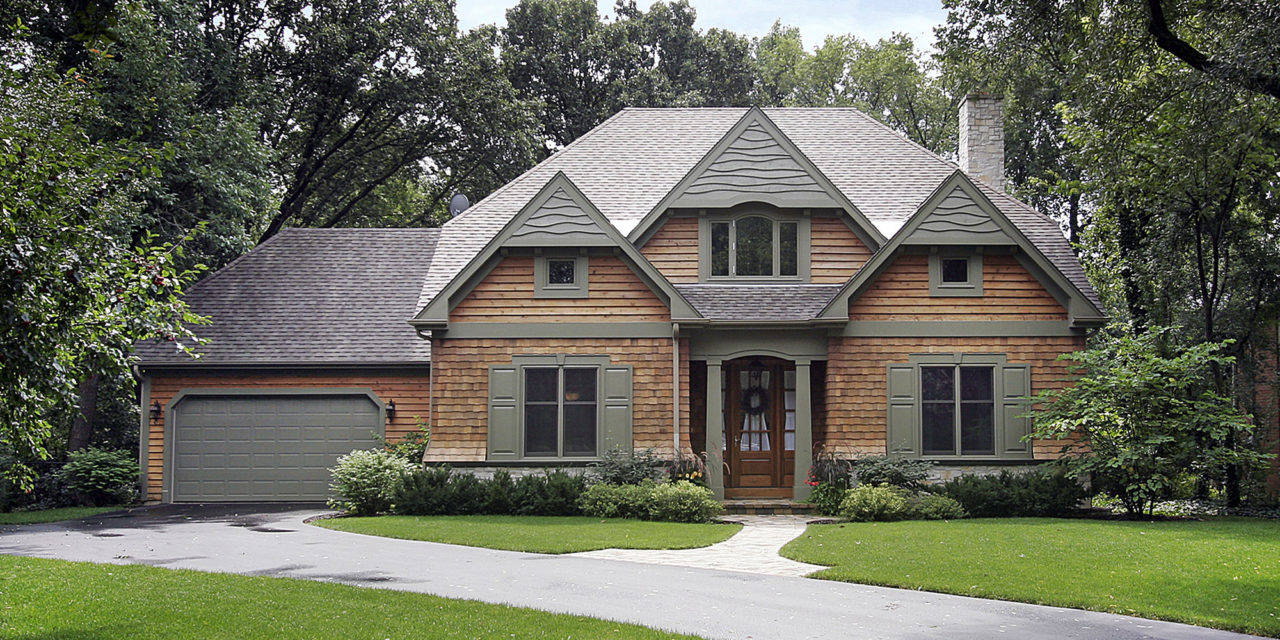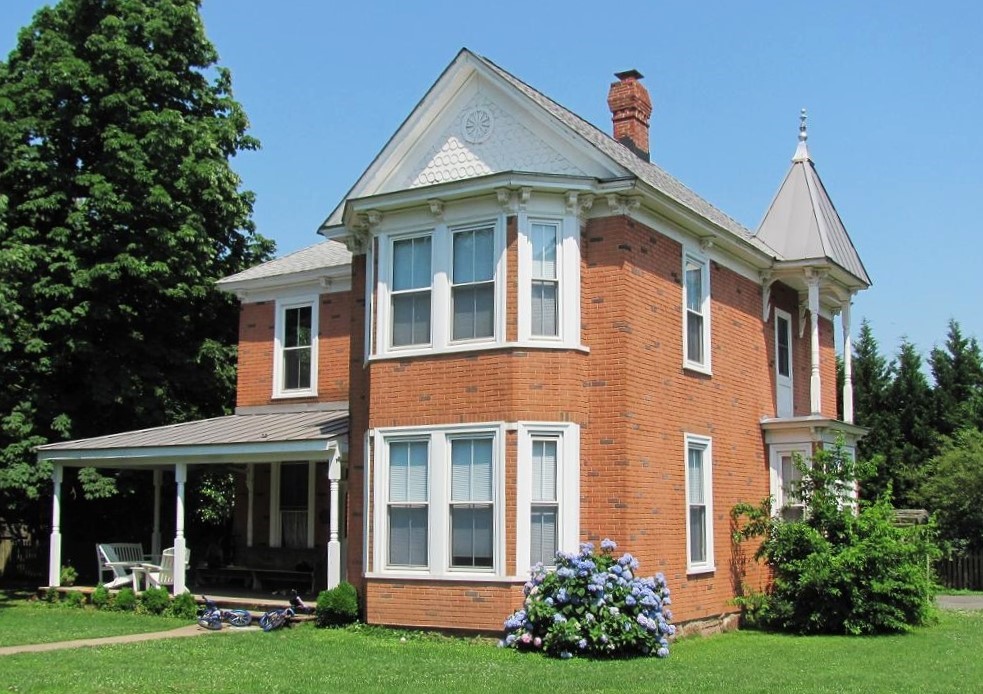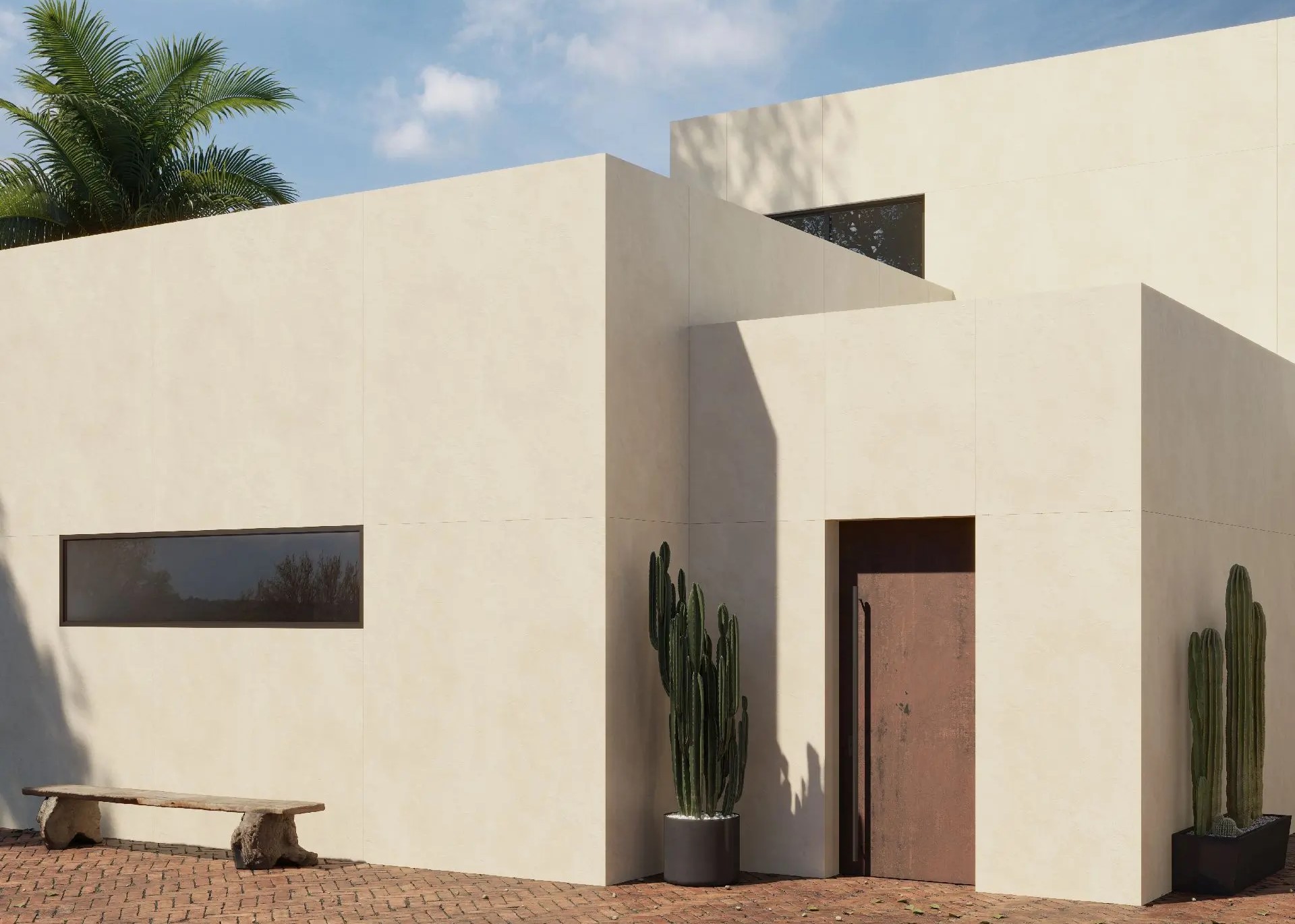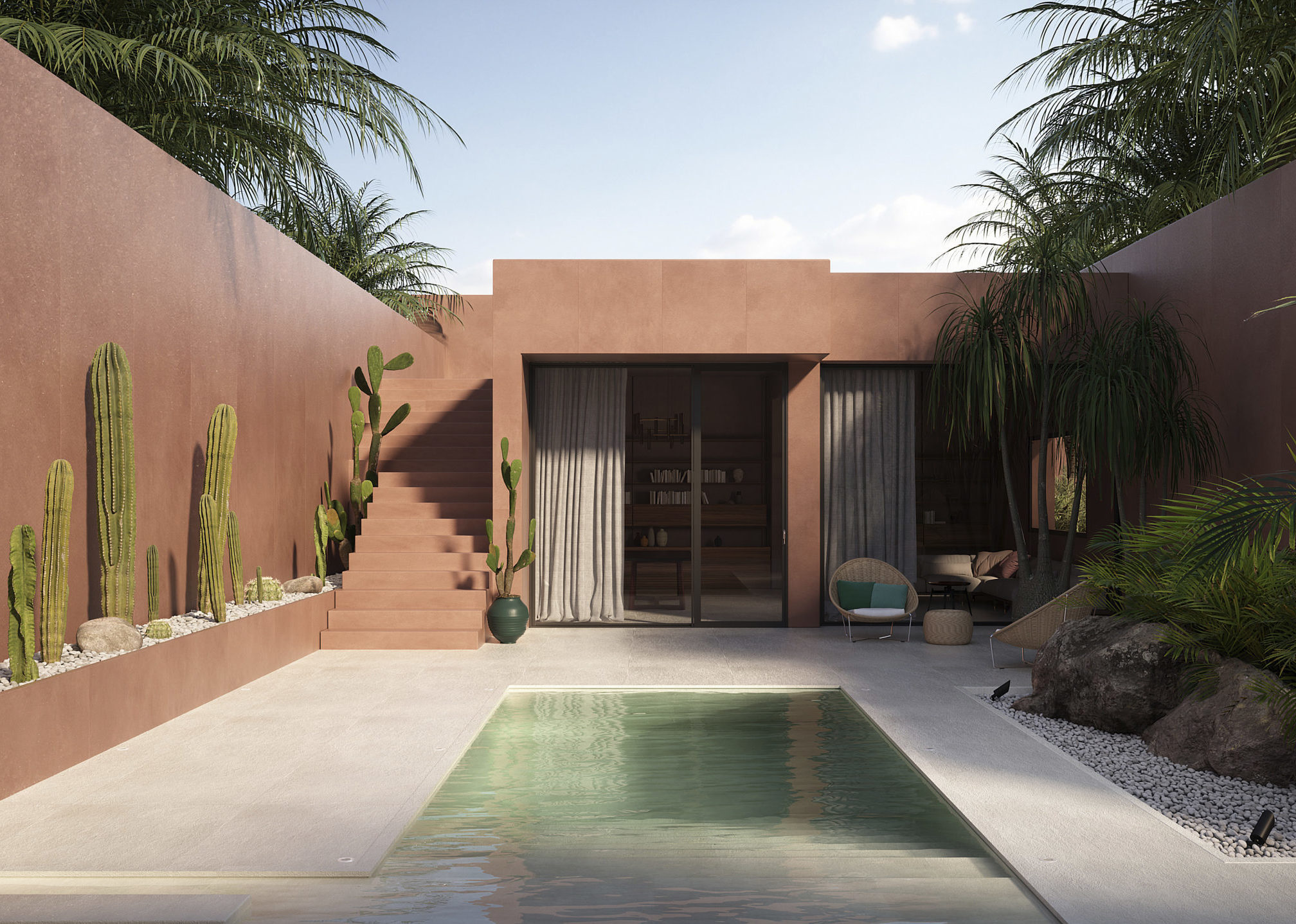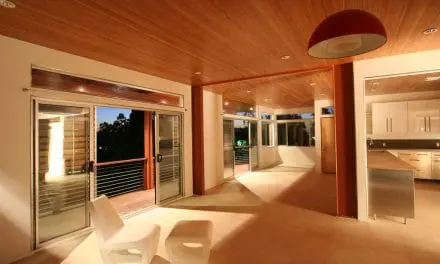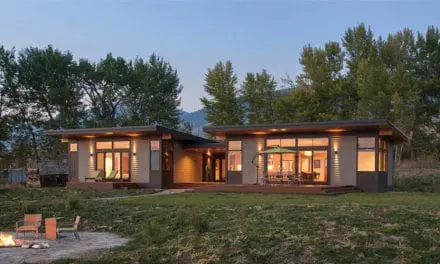How to determine whether a particular type of siding is sustainable?
In single-family homes, your curb appeal depends on landscaping and architectural details, but the color and quality of your exterior paint and/or siding is perhaps your most important investment. Whether it’s a forever home or if you’re looking to sell soon, installing sustainable siding or cladding is one of the best ways to enhance the beauty of your property and help reduce its impact on the environment.
But it’s not as simple as sustainable vs not sustainable, and conflicting claims are common. “There are a number of factors that indicate a product’s sustainability.… The material makeup of a product is often the first thing people look at, but it’s important to also consider how the product was manufactured, how long it will last, and how it can be disposed of at the end of its life,” explained Dave Graham Sr., National Cladding Manager at Fiberon. Follow this guide to learn how to prioritize the different attributes and choose the right material for your needs.

Environmental assessment of multiple siding and cladding products from Bower, et al. 2019.
Material life cycle
From sourcing to manufacturing, transportation, installation, usage, maintenance, and end-of-life disposal or recycling—all stages of the material should be considered when analyzing its sustainability. If you found a siding brand made overseas that contains 30% recycled materials and you found an identical one made in your state, which one would you choose? If all factors are the same, except for transportation, then your locally sourced siding would have a lower carbon footprint due to shorter transportation and less fuel burned.
Here we’re looking at a sustainable siding product’s embodied carbon: the carbon footprint throughout its full life cycle. Manufacturers conduct third-party life cycle assessments to compare sustainability overall as well as specific attributes. Check out the bar graph comparing the full life cycle assessments for some of the siding materials we’ll be discussing here.
Certifications
Contractors and homeowners should be current on specific certifications that reflect the environmental impact of different siding materials, as well as the commitment of manufacturers. Did you know that sustainable siding can also help your whole home achieve sustainability certifications, which can boost your resale value?
Third-party certifications like Cradle to Cradle, Forest Stewardship Council (FSC), GREENGUARD, and Environmental Product Declarations (EPDs) show whether a sustainable siding product meets strict standards of environmental stewardship and health guidelines. When it comes to your home, the LEED for Homes certification is a points-based standard that can be pursued if you are serious about making your home as sustainable, healthy, and resilient as possible. Choosing LEED-compliant sustainable siding can add points towards your certification. An ENERGY STAR certified home represents comfort, energy efficient systems, and responsible stewardship of the environment.
Performance
Siding comes in a variety of materials, and each performs differently. Insulation impacts your home’s thermal comfort and energy efficiency, no matter your climate zone. By installing additional insulation as part of your siding renovation, you can increase your home’s energy efficiency, often measured as the R-value. Properly installed insulation—and components like doors and windows—with higher R-values will resist heat transfer between the interior of your home and the outdoors.
When it comes to resiliency, make sure your siding has a long lifespan and can withstand your local climate. You should also know that similar siding materials can perform differently depending on their manufacturing process, how they’re designed, if they’re coated or not, and their composition. Finally, different sustainable siding options require different commitments to maintenance over their life cycles.
Note: Some of these sustainable siding solutions are also applied as cladding. The main difference between cladding and siding is that siding is applied directly to the exterior walls while cladding is applied indirectly. Siding can be mounted directly to sheathing or insulation foam board. Cladding is separated from a water-resistive barrier (WRB), creating a ventilated drainage plane to deter moisture from accumulating.
Let’s break down some of the different types of siding and their sustainability features:

Wood siding
Just because wood is sourced from nature doesn’t mean it’s sustainable, so look for wood siding that is FSC-certified. Wood is considered renewable when sustainably sourced. It lasts decades and has natural insulation properties to help keep your home comfortable. According to the Western Red Cedar Association, Western Red Cedar is exclusively harvested in North America, which ensures that materials are not transported from other continents and forestry practices have stringent standards for compliance.
Upcycled bark siding is a unique option, because it’s salvaged from trees that were already cut down. And when it comes to certifications, Bark House was the first to attain Cradle to Cradle Platinum product certification for siding.
Note that wood siding is beautiful, but particularly vulnerable to insect and water damage, requiring careful maintenance. Usable life is estimated up to 50 years, but check the warranty. At end of life, wood can biodegrade naturally if it doesn’t have any chemical sealants. This type of siding is a top-tier sustainable siding option with low environmental impact.
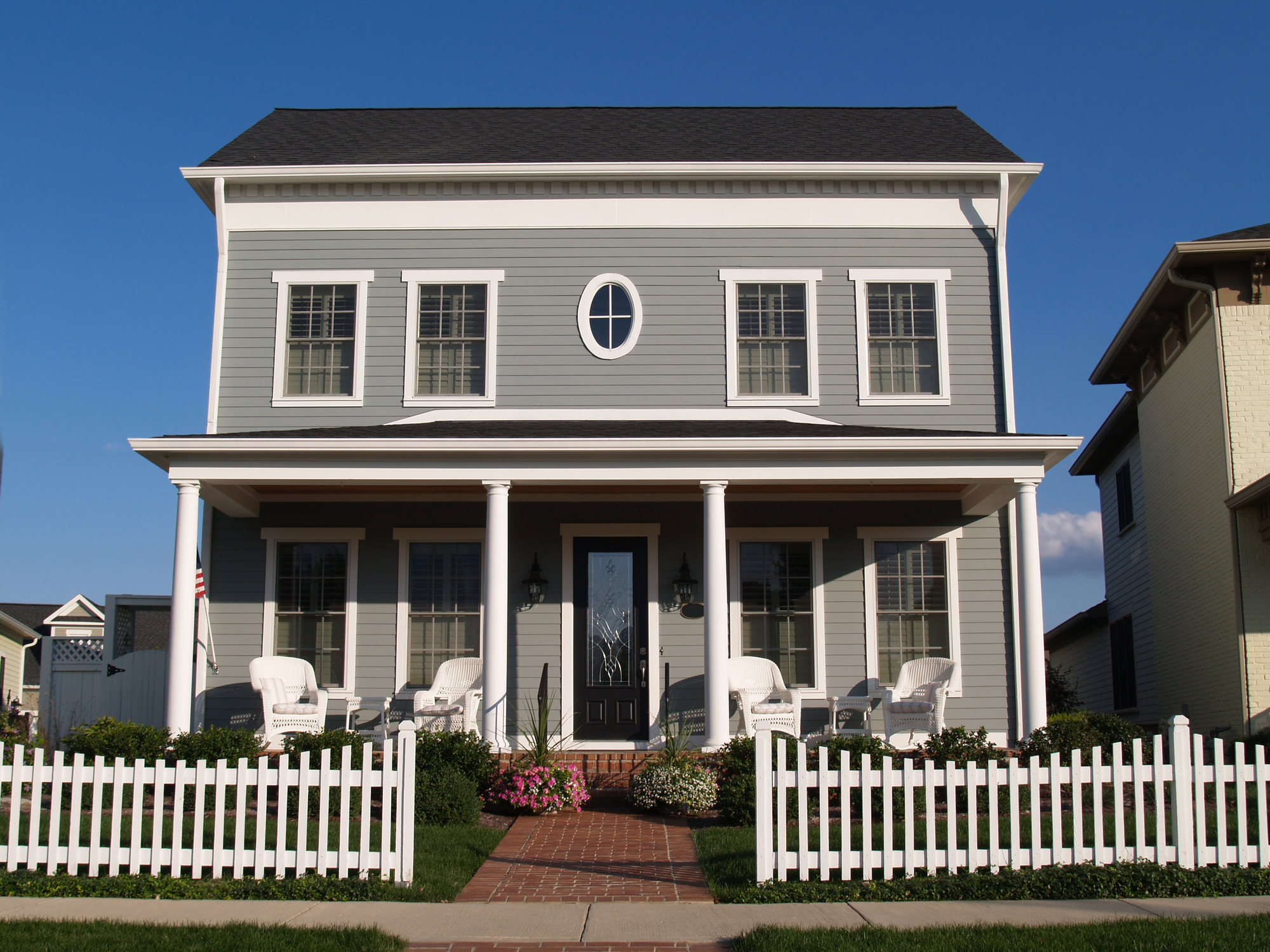
Insulated vinyl siding
The sustainability of vinyl siding is hotly debated. On one hand, its life cycle assessment suggests it is one of the most low-maintenance, energy efficient siding options for your home. Manufacturers may use virgin vinyl material, which is a fossil-fuel based material, so look for companies that use recycled material in manufacturing and have other in-house recycling processes to reduce waste. But at end of life, 20–40 years, vinyl siding can be very difficult to recycle. When vinyl siding ends up in a landfill, it may leach toxins into surrounding soils.
According to Consumer Reports vinyl, otherwise known as polyvinyl chloride (PVC), poses risks to workers during manufacture and in a fire can release toxic components like chlorine gas and the carcinogen dioxin. Because of its high R-value, insulated vinyl siding can earn points toward LEED certification, but will bring red-list chemicals to your home.

Brick veneer
Brick siding gives the classic look of solid brick construction but lends no structural support. Brick veneer is made of natural, earthen materials and shares the durability and maintenance characteristics of real brick. Bricks are fired in kilns at temperatures that reach 2000 °F and have high embodied carbon. But some manufacturers do use recycled materials and other measures to improve sustainability. Take into consideration that brick veneers from local sources will have a lower carbon footprint, due to lower transportation emissions. And check out reclaimed brick veneers cut from salvaged bricks for a vintage look.
Brick House, Remington 1 image by David Hoffman licensed under CC BY-NC-SA 2.0 DEED
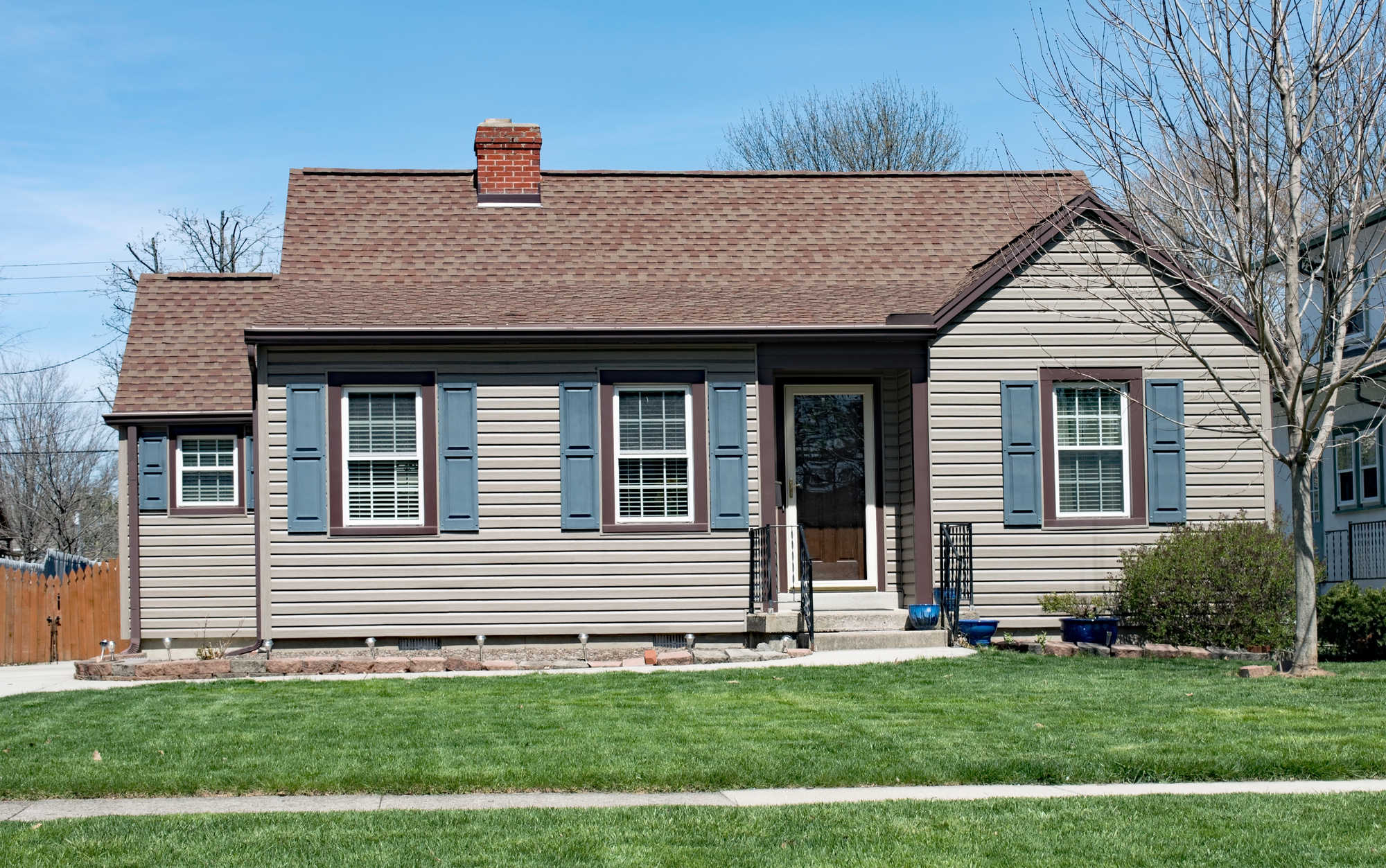
Aluminum
Aluminum siding is durable, impervious to water and will not rust. But sourcing raw materials and manufacturing processes drive up the carbon footprint. Energy-intensive, extreme heat is required for fabricating the aluminum, often from nonrenewable energy sources. But fortunately, almost all aluminum produced in the US has recycled content. Thus, aluminum siding both uses recycled content and can be recycled at the end of its useful life.
Aluminum siding is chemically coated to protect the metal and then painted and baked for durability. Exposure to the elements may cause “chalking,” or fading, and aluminum is easily scratched and dented. Aluminum siding can be repainted, though, and is expected to last perhaps 30 years with minimal maintenance.

Fiber cement
Fiber cement is made from, you guessed it, fiber and cement. Wood cellulose fibers are generally renewable and biodegradable, so the environmental impact comes mainly from the carbon-intensive manufacturing of cement. The flip side (again) is incredible durability with long warranties (up to 50 years!) and high fire resistance. You’re looking at simple maintenance and infrequent repainting. Most manufacturers use neutral components and therefore are less likely to bring toxic VOCs into your home. Because fiber cement is so durable, it can be reused. Fiber cement products can be recycled, but a network of recycling options is not yet available.
To ensure you’re getting the most sustainable version of fiber cement, compare life cycle analyses (LCAs) and environmental product declarations (EPDs). R-value can be lower than other types of siding, so be sure to check the insulation properties. Cement construction means a lot of weight, so look for local manufacturers.
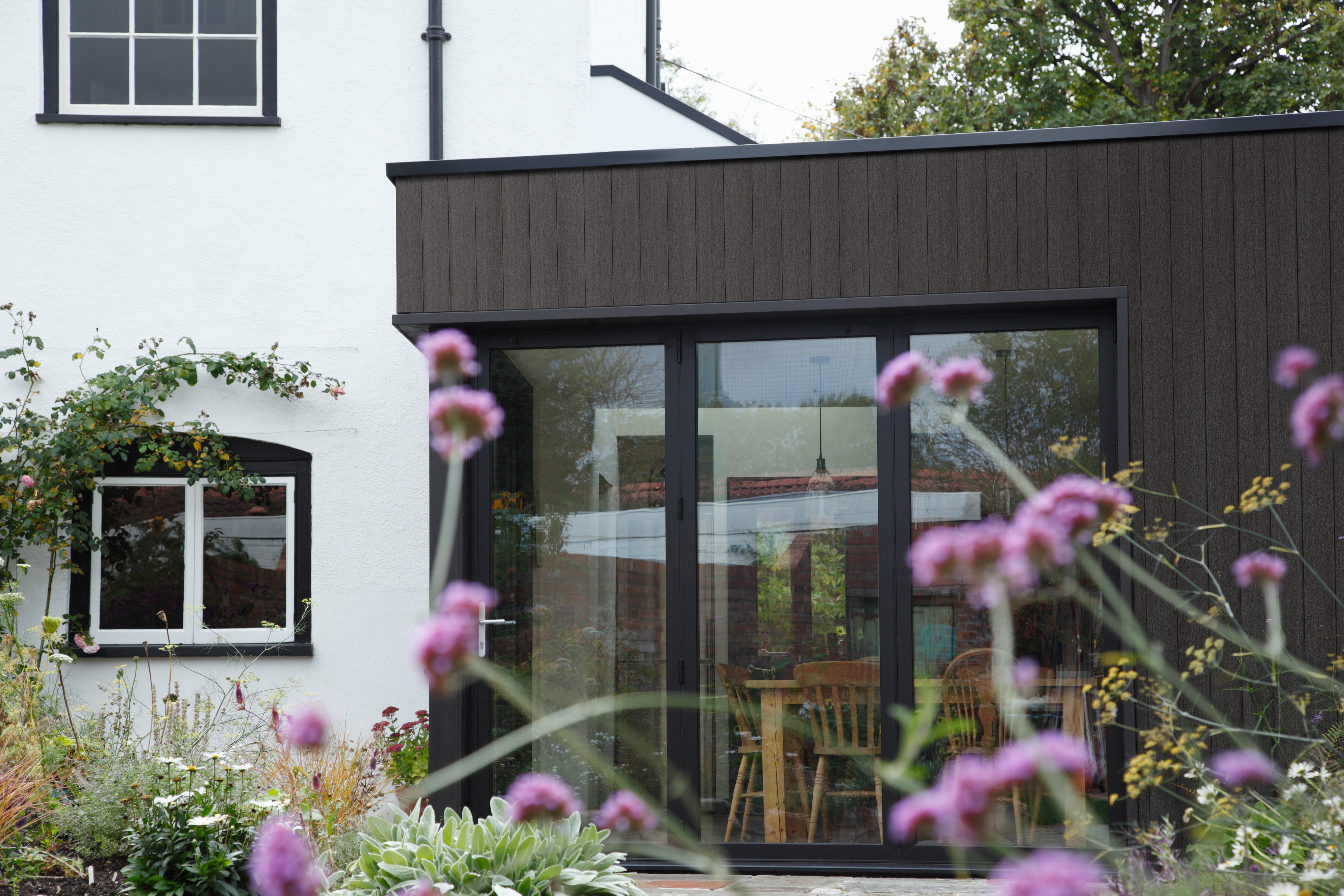
Composite siding
Fiber cement siding is technically a composite, but let’s look at composite siding and cladding made primarily with scrap wood, bamboo, or other renewables that are heated and bound with polymer resins, sometimes from recycled plastics. Be sure to research the manufacturers’ sustainability commitments to evaluate where materials are being sourced (FSC certification, up to 98.5% recycled content, etc.) and any coatings applied. Durability is a huge plus, with 25 year and 50 year warranties. However, the plastic and cellulose combination means that recycling at end of life is difficult. Look for companies, such as Fiberon, that provide recycling options, versus normal waste streams.
Newer composite formulations omit the bio products and claim to be 100% recyclable at end of life. For instance, Everlast incorporates stone and offers a limited lifetime warranty. Be sure to check on the R-value of any composite siding and insulation system.


Stucco
Stucco’s environmental impact is similar to fiber cement in terms of its sourcing of raw materials: a mix of ingredients such as cement, water, sand, and lime. Some of stucco’s positive sustainability features include its great insulation (when applied over insulation with a moisture barrier), along with its durability of perhaps a century in dry climates. Stucco is colored through and through and does not require repainting.
Consider EcoStucco, which can be applied over various substrates, indoors and out. By utilizing stucco that is compliant with LEED, you receive points towards your LEED for Home certification.
More sustainable siding?
Some additional product categories should be mentioned. Durable coated steel (aka metal) siding has high recycled content and is recyclable. Beautiful natural stone veneers are similar to brick veneers, with unbeatable lifespan and reusability; but with the same weight and a carbon-intensive mining and cutting process. Cast-stone veneers, or faux stone siding, simulate the look of stone but are usually fabricated from cement or dense polyurethane. Neither of those are sustainable options.
It may be pricey, but it is hard to beat sintered stone cladding, such as Dekton by Cosentino, for beauty, ease of maintenance, resistance to fire and heat, and durability. Plus the ultracompact surfaces are a cradle-to-grave net carbon neutral product. Most sintered stone contains a high percentage of recycled materials, and unlike resin-based products it is 100% natural so can safely be disposed of without leaching toxic chemicals at end of life. Ultra-thin ceramic surfaces can also provide striking results. Look for sustainably sourced natural materials and recycled content.
Our team researches products, companies, studies, and techniques to bring the best of green building to you. Elemental Green does not independently verify the accuracy of all claims regarding featured products, manufacturers, or linked articles. Additionally, product and brand mentions on Elemental Green do not imply endorsement or sponsorship unless specified otherwise.


